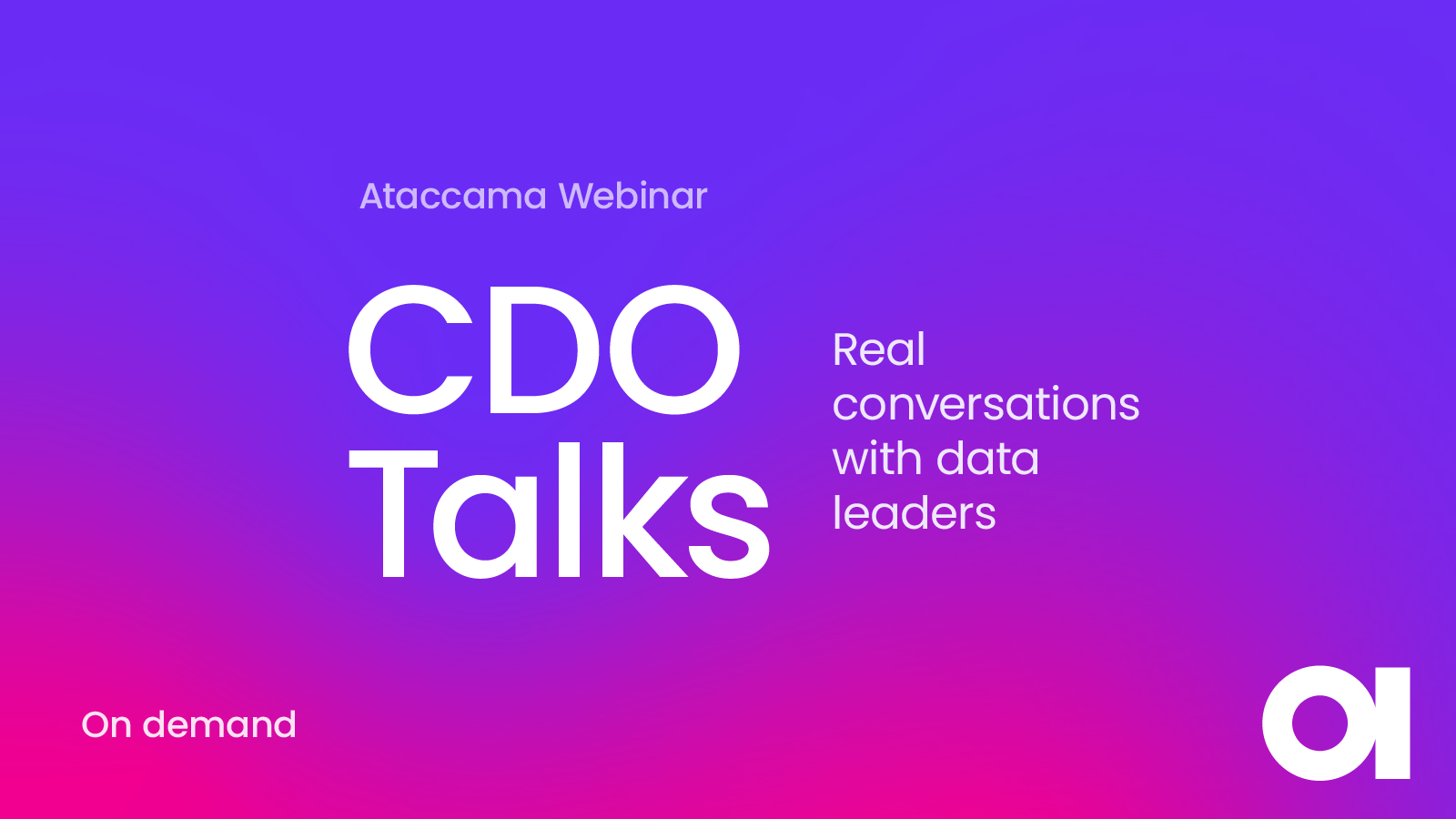5 Proven Techniques For Successful Data Governance

Data Governance is not something you can simply buy; it is a concept that requires a combination of technology, people, and processes coming together to improve the management of data within an organization.
This is nothing new, but in recent years the advent of new data-driven regulations such as the GDPR has brought the smarter management of data into the mainstream.
Despite this, data governance remains challenging, so we’ve asked a few of our friends and customers – some of the most successful data governance leaders in the industry – to share the advanced techniques they use with us so that you can benefit from and adopt them today.
“Through 2025, 80% of organizations seeking to scale digital business will fail because they do not take a modern approach to data and analytics governance.”
From Gartner’s Predicts 2021: Data and Analytics Strategies to Govern, Scale and Transform Digital Business
These leaders spoke to our North American CEO Afshin Lofti in the webinar The Future of Data Management & Governance: 2021 and Beyond hosted by EDM Council, and included:



We’ve summarized the learnings from this webinar for you here, but we fully recommend watching the whole thing to see some of the passion they bring to the data arena. Read on for the 5 data governance techniques from the experts.
1. Tie data governance to your business enablement
All experts agreed that aligning data governance activities with key business goals and outcomes is a major success factor. Unquestionably, whether your goal is to increase data accuracy for better market segmentation, or improving data quality for streamlining product launches, IT and business stakeholders should be working as one team. Your team should be responsible for coordinating tasks, establishing performance metrics, and creating enforceable data governance policies.
2. Be adaptive
Be prepared to flexibly adapt your data management strategy as required by different departments, use cases, and systems. It’s your responsibility to understand that the same datasets will have different meanings and consequences to your different departments, for instance, Marketing might place more value on an email address than your HR department, so try to make the different outcomes of the project relevant to them.
3. Be ready to respond to ongoing challenges and opportunities
Anticipate future enterprise-wide challenges and opportunities. Strategize ‘what-ifs’ associated with rapid growth across geographies, M&A activities, an influx of unstructured data, or the increasing costs and risks of change in your data ecosystem. Opportunities include adopting AI, data management, and the growing need to master the expansion of cloud and hybrid environments.
4. Promote data democratization and self-service
All users should be able to share and easily access the fruits of any ongoing data governance efforts and digital transformation. Your governance program should promote data literacy across the company by emphasizing the true importance of data, and the value of data-directed decisions.
5. Monitor and report on your results
Data governance programs need to come with their own sets of policies and procedures. To better understand and calibrate your program’s success, the panel uniformly advocates employing a Maturity Assessment Model such as those developed by IBM or Gartner to help measure governance compliance and accomplishments. Strive for continuous improvement.

Future-proof your data governance program
Learn more about our data governance offering on our focus page. See how you can revive or speed up your data governance program with modern automated technology.








